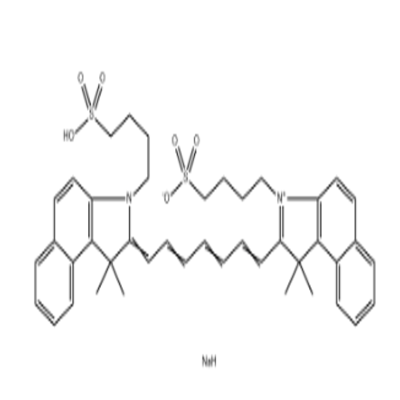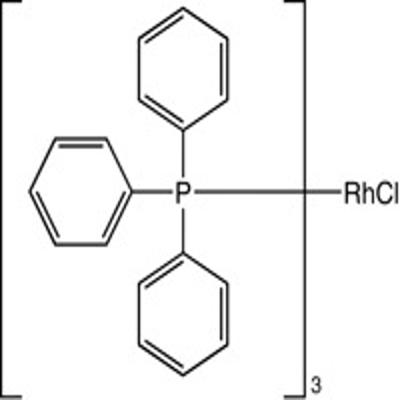Who will be the next "Star" in the wave of gene therapy?
-
Last Update: 2019-12-24
-
Source: Internet
-
Author: User
Search more information of high quality chemicals, good prices and reliable suppliers, visit
www.echemi.com
Since 2018, the field of gene therapy has continued to heat up Novartis's $8.7 billion acquisition of gene therapy company avexis and the approval of zolgensma's IPO are also one of the most representative events in this era In a twinkling, 2019 is about to pass It has to be said that the popularity of gene therapy in this year seems to be a step higher than last year In the last month of this year, two big news stories added the latest "booster" to the "melting pot" of gene therapy development This month, first, Estella Pharma bought audentes theapeutics for $3 billion, and so far, Estella has invested more than $17 billion in the development of "once and for all" gene therapy Then, Roche finally completed its acquisition of spark therapeutics for $4.8 billion These two news not only let us see the great interest of well-known pharmaceutical companies in gene therapy, but also may induce other potential investors in gene therapy to enter the market again It is worth mentioning that shares of several other gene therapy companies, such as rocket therapeutics and regenexbio, also showed an upward trend after the news of audentes' acquisition In the past two years, regulators also seem to show strong willingness to the development of gene therapy This leads us to speculate: who will be the next "Star" of gene therapy? In today's article, we will combine a report published in vantage to share with readers several "Star" gene therapy companies that will stand out in 2020 We will divide these companies into two categories, which will be introduced as follows The space is limited If you don't see the content you are interested in, please click "read more" at the end of the article to visit the original report page When it comes to potential companies in the field of gene therapy, many names come to mind, including uniqure, Amicus therapeutics and Bluebird bio Among them, atm-061 developed by uniqure company uses AAV5 virus vector to carry the gene encoding fix Padua variant (fix Padua), which has good safety and tolerance, and is one of the most potential gene therapy for hemophilia B at present Although the company is currently testing only a few patients, its market value has reached $3 billion It is believed that many investors who want to sell want to take action before releasing the results of the key phase 3 test hope-b However, the current price of the company's therapy is relatively high, from this point of view, we may be able to turn to several companies with more "people-friendly" prices The current market value of the company, the number and stage of clinical development projects (picture source: reference [1]) are mentioned Companies with expertise and manufacturing capabilities in gene therapy may have some advantages in terms of the deal with Estelle Therefore, we will think of abeona therapeutics, meiragtx, harmony medicine and Oxford biomedica Their common feature is that they have their own "one skill" Of these powerful companies, Oxford biomedica is one of the oldest At present, it not only has six candidate products in the clinical development stage, but also has reached cooperation with several famous pharmaceutical companies such as Sanofi and Novartis on the supply of lentivirus vectors Oxford's current market value is $553 million, which is more attractive than uniqure Ophthalmology, neurology and rare diseases are the three most popular treatment fields at present, and investors will certainly seize the opportunity from this perspective Meira GTX, headquartered in New York, USA, is a leader in ophthalmology Meiragtx has core capabilities in the design and optimization of virus vectors and the production of gene therapy, and has potential transformation gene regulation technology Meiragtx uses AAV as the carrier of gene delivery Through the customization of the carrier, gene therapy can be optimized for different diseases Small differences in capsid proteins of vectors can regulate the efficiency of gene delivery to different types of cells, thus allowing different AAV capsids to be selected in order to target specific cell types most effectively At present, it has 6 candidate therapies into the clinical development stage Its development capability has attracted the attention of large pharmaceutical companies, after it signed a global cooperation agreement with Janssen, a subsidiary of Johnson & Johnson, to jointly develop therapeutic drugs for hereditary retinal diseases Abeona is another gene therapy company of great concern The self cell product eb-101 developed by the company has been recognized by the advanced regenerative medicine therapy (rmat) granted by the US FDA to treat patients with epidermolysis bullosa But in September, the U.S FDA suspended three clinical trials of the treatment, causing the company's share price to fall But the company also has two projects in the phase 2 clinical development stage, which may be able to dispel some concerns for investors For those "risk-taking" investors, Voyager therapeutics may be a good choice Voyager's vector expression antibody platform aims to express therapeutic antibody proteins using its original adeno-associated virus (AAV) vector that can cross the blood-brain barrier This method may only need one intravenous infusion, and can continuously express high levels of therapeutic antibodies in the brain At present, the company has reached cooperation with several pharmaceutical companies such as abbvie, and two candidate therapies for Parkinson's disease have entered the clinical development stage The biological characteristics of nervous system diseases are complex and may involve multiple genes Therefore, it is a great challenge to treat nervous system diseases with gene therapy.
This article is an English version of an article which is originally in the Chinese language on echemi.com and is provided for information purposes only.
This website makes no representation or warranty of any kind, either expressed or implied, as to the accuracy, completeness ownership or reliability of
the article or any translations thereof. If you have any concerns or complaints relating to the article, please send an email, providing a detailed
description of the concern or complaint, to
service@echemi.com. A staff member will contact you within 5 working days. Once verified, infringing content
will be removed immediately.







